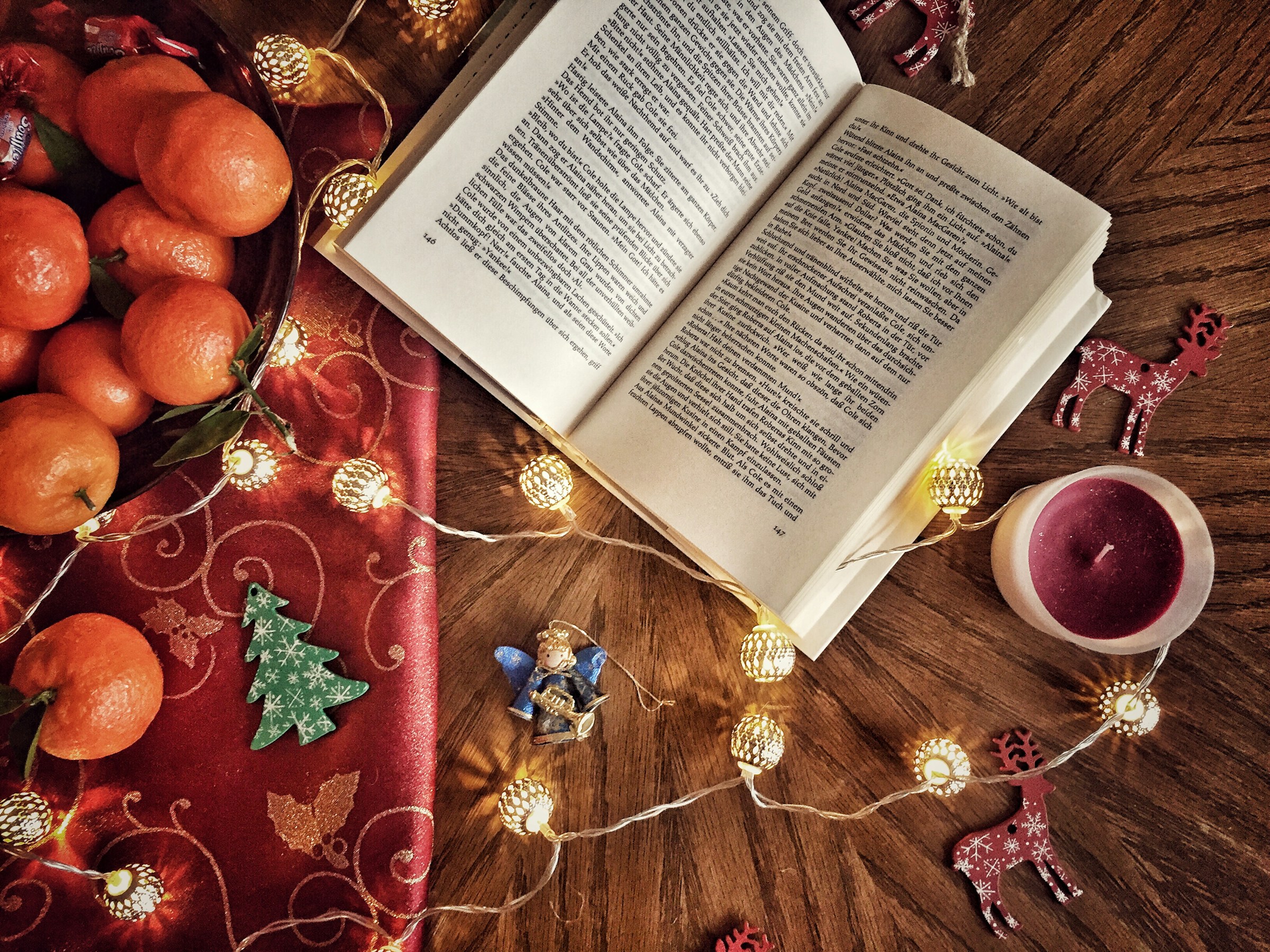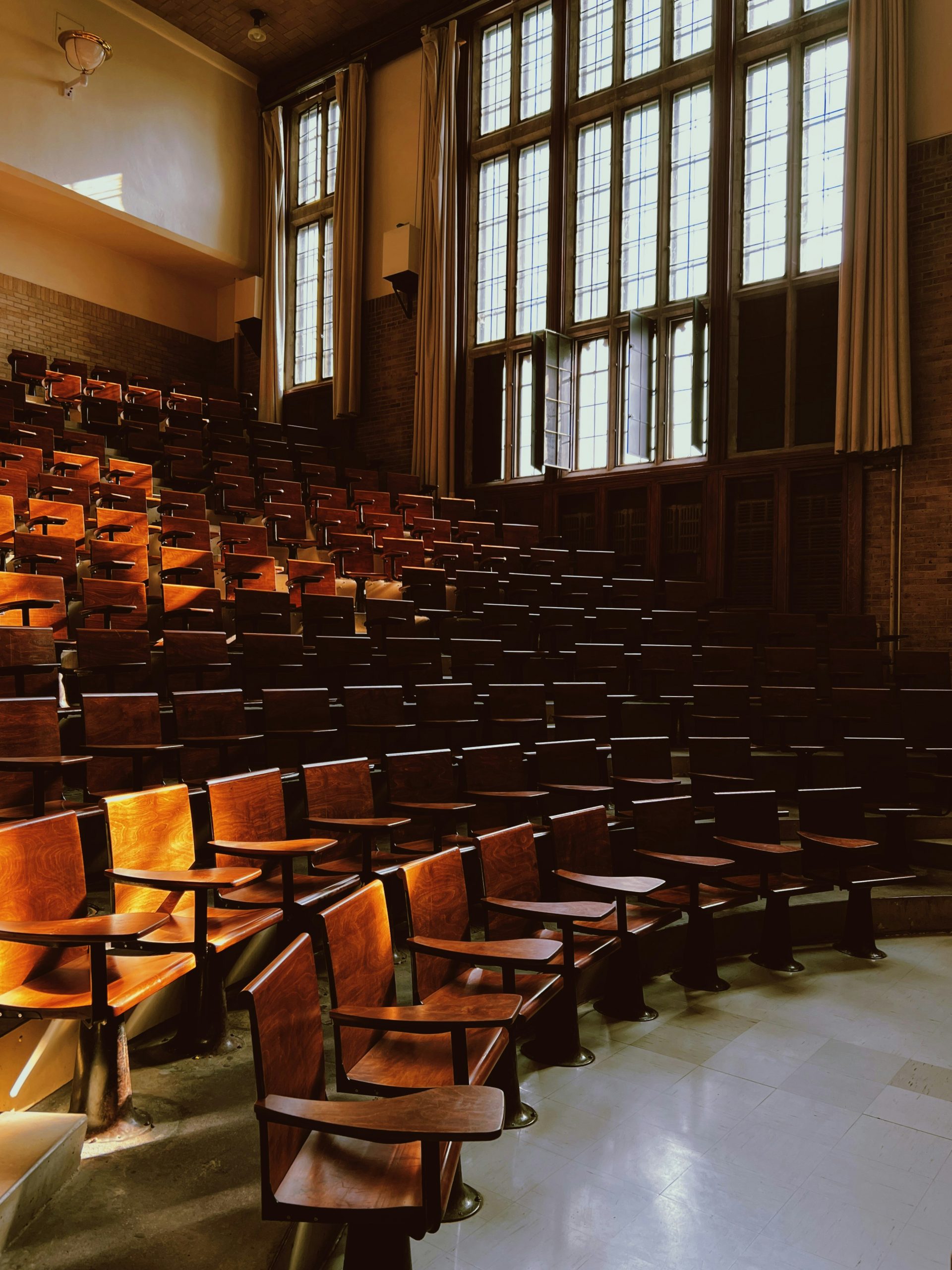On 21st October, Artes Mundi 7 Exhibition and Prize opened its doors to the public, showcasing work from six artists from around the world. Both National Museum Cardiff and Chapter Arts centre play host to the innovative and contemporary pieces and Quench Culture got an opportunity to go along and learn more.
The Artes Mundi exhibition at the Cardiff Museum is a display that features six of the world’s most avant-garde, contemporary artists which include John Akomfrah Obe, Neil Beloufa, Amy Franceschini/Futurefarmers, Lamia Joreige, N├ístio Mosquito and Bedwyr Williams. Each display demonstrates a creative retelling of the theme of this year’s competition, the human condition. Lamia Joreige’s display is all about her experience in war-touched Beirut, mainly focusing on the National Museum of Beirut. Here, her most compelling piece: Under-Writing Beirut┬á is a photograph of a war-damaged Roman Mosaic that depicts the biblical story of the Good Shepherd. The artefact was damaged by a sniper who had punched a hole through the wall-and coincidentally, the mosaic itself-in order to form a strategic point for shooting onto the square just outside the museum. Lamia has created a concrete cast of the hole created by the sniper, to show the extensive destruction on the work of art, showing the dark side of the human condition where even sacred, heritage sites are also not immune to tragedy.
There is also the Welsh artist, Bedwyr Williams, whose work, Big Towers, depicts a movie-screen like scene that looks straight out of a futuristic, dystopian or science fiction novel. The city is a fictional one surrounding the northern Welsh mountain of Cadair Idris and tells the story of its inhabitants and history as the scene changes from day to night.
Finally, my favourite was the pieces in the display by Amy Franceschini, founder of the Futurefarmers movement: Flatbread Society/Seed Journey which tells the story of  the origins of ancient seeds and their journey to return them from Oslo to Istanbul in an act of reversed migration. Along the way, they collect other seeds to make bread and exchange stories. You can see a display of the boat they travelled in as well as the one used to store the seeds.
Sanja Dragojlov
The Artes Mundi 7 Exhibition showcased six of the world’s leading contemporary artists in the shortlist for the ┬ú40,000 art prize that is to be held on January 26th 2017. Each artist explores social issues that relate to the theme of ÔÇÿThe Human Condition’.
Lamia Joreige looks at what is important to our culture and what needs to be preserved in her works ÔÇÿUnder-Writing Beirut ÔÇô Mathaf’ (2013). Her paintings use pastel, chalk and wax to form her art to depict the river of Beirut that runs around the city of her hometown. Her use of red dripping down the page creates vein-like images, depicting the chemicals that have been leaked into the river.

For me Joreige’s sculpture ÔÇÿthe line of sight’ was extremely moving. In her sculpture Joreige unlocks intimate layers of history that are personal to her as an individual. Her sculpture represents the hole that was made in a mosaic in the National museum of Beirut when a sniper punched through it to build a line of sight. Her art piece is the missing jigsaw piece that replaces the strategic intention with love. Her art becomes a message of how the Lebanese wars still affect people today and how the pieces are still being picked up years later. The sculpture is her way of picking up one of those pieces; it is her lending a hand in mending her hometown back together. The intimately grooved white concrete becomes a commemoration gravestone to parts of the city that were lost in the wars. The mosaic depicts the biblical story of ÔÇÿThe Good Shepard,’ and this irony brings to light the depths that people will go to for survival and the inner battle people in war go through in terms of holding on to their faith.
Emily Murray
Featuring in Cardiff National Museum until 26th February is Artes Mundi 7, the biggest contemporary visual art exhibition in Wales. We had a look at 5 of the six artists’ works on display at the museum and I was surprised at the diversity despite all sticking to the theme of ÔÇÿThe Human Condition’. The exhibition is well laid out with each space transitioning from one artist’s work to another. It was interesting to explore the different social issues that the artists chose to explore; starting with the representation of war, moving to a contemplation on mass construction of cities, then an examination of power structures, a journey through socially engaged communities and ending with a consideration of global migration. The displays are striking and can summon different emotions when learning what they all represent and the reasons the artists chose to create them. Artes Mundi is also a prize that considers the journeys of the artists and how their past work has lead them to the exhibitions on display now. The passion behind the works makes this evident since you can see how much thought, effort and research has gone into these displays. A visit to the museum will definitely be worthwhile whilst the exhibition is on and is also completely free to experience.
Gabbi Wan
This year’s theme is ÔÇÿThe Human Condition’ which has been interpreted in a variety of ways. Exploring social issues within art opens up to many different ideas and explorations, canvassed on many different mediums. The National Museum presents the work of a number of different artists (with the others over at Chapter): Lamia Joregie (Lebanon), Neil Beloufa (France/Algeria), Amy Franceschini (US) and Bedwyr Williams (UK/Wales) and it was interesting to see their own take on the theme.
When thinking of art, it’s easy to think of a painting on a canvas, yet these artists managed to fill the generous space of the museum in a variety of ways. Bedwyr Williams’ Tyrrau Mawr (2016), for example, is a fictional city inspired by megacities built around the world, and, projected on the huge space of the museum’s wall, reflects the speed at which mass construction takes place. The darkened room, in which visitors are encouraged to lie down on bean bags, adds a terrifying and foreboding feel to the projection which shows the ebb and flow of the lives of the inhabitants, displaced by the rapid expansion of megacities.
Interestingly, the artists are judged not just on their pieces showcased as part of this exhibition, but on the entirety of their career. The winner will be announced on 26th January 2017, and there’s still plenty of time to catch the exhibition, as it remains in Cardiff until 26th February. If you’re stuck for something to do in Cardiff and fancy and hour or two soaking up some culture from around the world, Artes Mundi 7 is right on your doorstep (with Chapter a little further afield) offering a profound insight into not only contemporary art pieces, but also what it means to be human. Themes of hunger, power, migration and politics are all covered, and you don’t necessarily need to be clued up on art either: the pieces are very visual, and through the medium of sculpture and video, to name a few, come alive.
Hannah Hopkins
Artes Mundi 7 promises to exhibit artists which explore social issues that relate to ÔÇÿThe Human Condition.’ And they do exactly that. Ranging from satirical commentary on world politics with Neil Beloufa’s World Domination, to the humble showcasing of the Seed Journey from Amy Franceschini, Artes Mundi invites its audiences to observe the details of a whole host of cultures.

For me, the highlight of the exhibition was John Akomfrah’s two channel video entitled Auto da F├®. Akomfrah’s ambition is to use the aesthetics of period drama to consider the historical and contemporary causes of global migration. In most scenes, all we hear are the sounds from our natural environment. The only noise received by the audience are the crashing of waves or the rustling of leaves. In one part of the video, a female refugee stands at bay of the ocean, accompanied with a laundry bag of what we can only assume holds her homely possessions. In this section, the film invites the audience to witness the lonely world of the refugee, by setting her against the geographical magnitude they are often made to conquer in order to find refuge. The simplicity of location in these scenes (that is, by the sea or in fields that are not assigned to a specific country or place) also asks us to question our moral and political standpoint on land and ownership. Who does this land belong to? Why do we own land and exclude members of our own kind from it? And what conditions drive people to migrate from their homelands?

Another favourite from Artes Mundi was artist Lamia Joreige. Along with a film and sculpture to contribute to her overall project, the Lebanon-based artist paints in response to the toxic conditions of the Beirut River. Joreige uses vibrant reds to depict the chemical corruption shaped by the Lebanese wars. Although these paintings are explicitly geographically charged, they also seem to elicit a sense of the human body. Her rivers remind us of vein systems, and at first glance, the chemicals look like blood stains. This ties up the questioning of war with the human anatomy, humbling our political discussions and almost demanding that we see ourselves as part of the river. It requires us to empathise with the needs of the river and also the people surrounding these urban areas.
Claudia Rutherford


